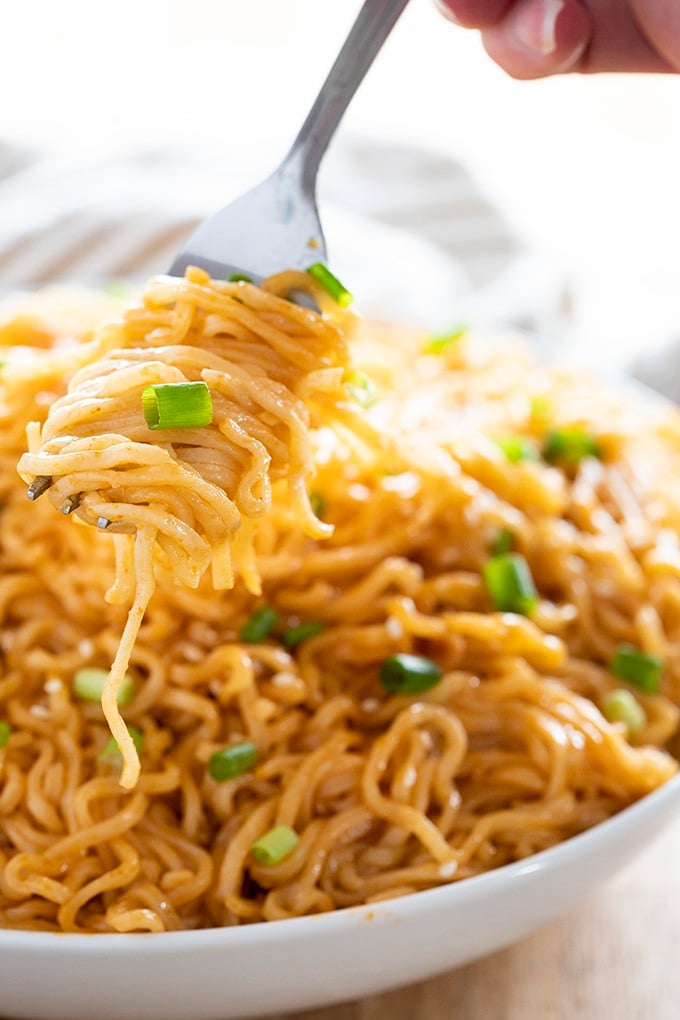Is ramen just a cheap college staple? Think again. Beyond the instant packets, a world of culinary artistry awaits, showcasing the depth and complexity that this seemingly simple noodle dish can achieve.
Ramen noodles, at their core, are a specific type of Japanese noodle, characterized by their springy texture and the inclusion of kansui an alkaline mineral water in their preparation. The basic ingredients are wheat flour, salt, water, and that crucial kansui. However, this simple foundation belies the incredible variety and regional specialties that have blossomed across Japan and, indeed, the globe. Far from being a mere convenience food, ramen represents a culinary canvas, where chefs express creativity and regional identity through the broth, toppings, and even the specific type of noodle used.
| Attribute | Details |
|---|---|
| Key Ingredient | Kansui (Alkaline Mineral Water) which gives ramen noodles their characteristic springy texture and yellow color. |
| Base Ingredients | Wheat flour, salt, water |
| Typical Serving | In a broth, often with toppings like pork (chashu), vegetables (menma, nori), and eggs (ajitsuke tamago). |
| Global Popularity | Evolved into regional variations with unique broths and toppings, showcasing local ingredients and flavors. |
| Versatility | Can be adapted for various dietary preferences (vegetarian, vegan, gluten-free options available). |
| Nutritional Value | Varies greatly depending on ingredients and preparation; can be high in sodium, but can also be a source of carbohydrates and some protein. |
| Culinary Significance | Represents a deep cultural connection and embodies craftsmanship. |
| Reference Website | Japan-Guide.com - Ramen |


